Lcommunication in a pair is regularly relayed in the background, yet it is one of the main areas for improvement.
It is time for that to change!
Lorenzo Lopez, Professor of padel in Andalusia for more than 20 years, reconsiders, according to him, “the key to understanding our sport: communication ”.
Talk and listen are the foundations of our sport. These are the first two things you have to learn before getting into this game. "In some clubs, players are excluded precisely because of not communicating / poorly communicating and causing (potential) accidents".
You can talk technique and tactics for hours with players in this sport. And yet, you might be one of the players who either didn't or did, but poorly.
You have already caused an accident in padel ? Communication concerns with your partners? Then this post may be for you.
Focus on THE rule of padel : Communication !
Why communicate?
We won't talk here about all the reasons to communicate well on a tactical level, or the combinations you could put in place when a pair is successful in speaking and listening on a court.
Rather, we will talk about how to do it and the priorities.
First of all, at padel, it is better to talk too much than not enough. You don't like it but you like it padel : so do yourself violence!
Because the padel is a very social sport, which thus forces players to be forced into dialogue. One of the reasons for the great success of padel in companies: it is precisely to oblige the collaborators to exchange on a field. It has a very “team building” aspect.
For you but also and ESPECIALLY for your partner, you must communicate. This gives access to a multitude of information:
- Where are your opponents placed?
- What balls to play?
- Who to play?
- Where are they placed?
- How to play a ball?
- To leave the field or not?
- etc
Priorities at padel
Priority to the strong blow: the forehand.
The strong blow in the middle has an unspoken priority. When in doubt, it is always the strong blow that has priority. A good way to start a partnership well.
If we see too many snowshoes telescoping in the center of the field, there is a problem somewhere.
Obviously, the problem can arise when there is a left-hander and a right-hander playing together. Most often, there is a rule seen before starting a match between them to understand each other on the pitch. But that's another topic that we explain HERE.
A pair is often made up of two right-handed people. This means that the left player is supposed to cover a bit more ground with their strong hit, forehand and especially forehand volley and smash. So normally, although this may vary depending on certain game situations, the player on the right should be particularly careful on the parallels.
But also be careful of left-wing players not to abuse their natural priority.
The player on the right must have understood this notion of priority well. The same goes for the player on the left who must force himself to have an optimal placement.
In general, players do not necessarily communicate on these concepts. When a ball is in the middle, we know that the priority is for the player on the left (if he is right-handed).
Why this priority? Backhand volleys often have less reach than a forehand volley and are generally less powerful.
The reverse exception
The only exception that goes against this priority of the strong shot is when the player to the right announces that he is taking the ball. The announcer must be listened to immediately and almost automatically to allow the player on the right to take the ball.
Be careful, however, the comments made are not always true. This is a generality but which can be false depending on the combinations and the positions of the players.
Thus, the backhand can be favored, for example on diagonals between right-hand players. The left player will have to be very careful on his parallel because precisely by definition, this one will have less draw on the backhand side than on the forehand side.
But this is another very rich theme that we will study later.
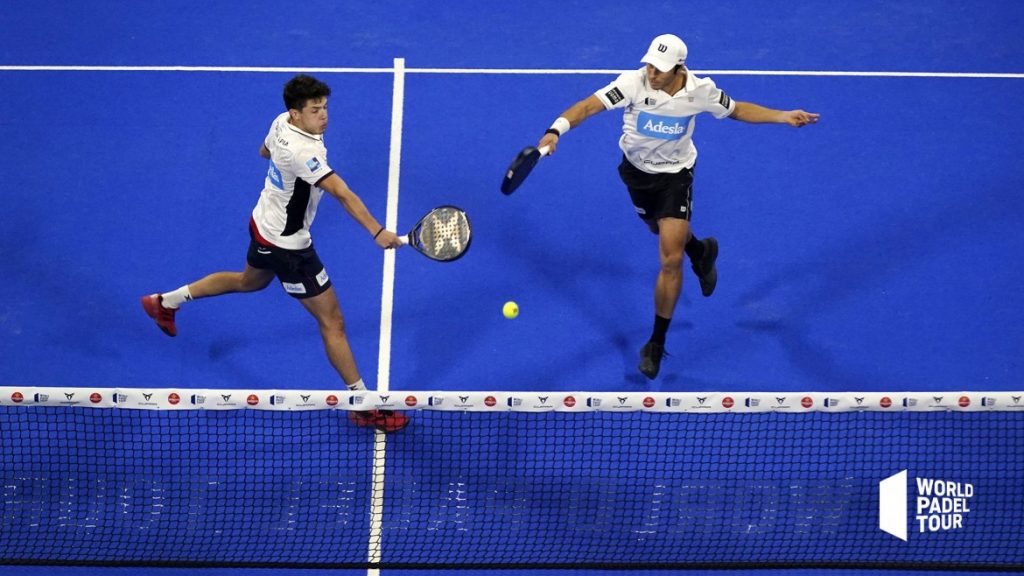
Exclusion of land
One of the best-known cases is that of the tennis or squash player who embarks on the padel. He often has facilities. He learns technically quickly and is thus able to evolve quickly… He can even be a coach himself… However, it happens much more than we think that this type of profile is at the origin of certain accidents on the ground.
The Spanish press has also sometimes relayed these accidents because of certain players causing bodily accidents following a failure to prioritize.
At the origin of the problem: the player who sees himself evolving quickly wrongly thinks he knows this sport.
In fact, he has not yet understood what the padel. This player may be technically exceptional, but he is dangerous for himself and especially for others.
Here is a concrete case of a classic accident:
A ball is in the middle, 2 right-handed players play together, the left-handed right-hander who has the forehand in the middle says “I have”.
Normally, the player on the left is not obliged to communicate, but it is advisable in the doubt to reassure his partner.
Thus the player on the left confirms his natural priority.
BUT, without warning, your partner takes the ball from you.
Worse: he did not even warn with a big “I HAVE”.
And this is the accident.
The results :
- Most often a great fear and material damage.
- And sometimes injuries to the wrists, elbows and shoulder.
The offending player apologizes and even logically reimburses the broken material, and the story can end there. Except when he shies away from his responsibilities as a driver who causes an accident on the road. To the club manager to explain the safety rules to the padel and the offender to be ready to hear.
In clubs, managers must be alert to this type of behavior by the player at fault. Because to minimize this type of infringement or to find excuses for these behaviors, the consequences can be expensive: broken rackets in the best case, and sometimes injuries that can last for those who were nevertheless in their right.
The game is to apply these minimum rules. This type of accident is therefore not a fact of the game. There is a minimum duty for the players to know the rules of priority on a field. Otherwise, it is irresponsible.
Therefore, being a player is also having responsibilities and respecting your partner by mastering these more than basic notions.
Knowing how to play and communicate
It is not about level, even if it often goes hand in hand, but about a real state of mind. Are you ready to listen? Are you ready to talk? In other words: “Am I ready to communicate?”
To communicate is to speak, but also and above all to listen.
Le padel can be a dangerous sport if there is no communication on the pitch in a pair. When we embark on the padel, you sometimes have to put your technical facilities aside. Most often, it is the gifted players who tend to ignore communication and especially listening. A defect that we observe in particular in players who discover the padel and who come from individual sports.
Your partners, respect them, and you will see that a mountain of pleasure is offered to you with this sport.
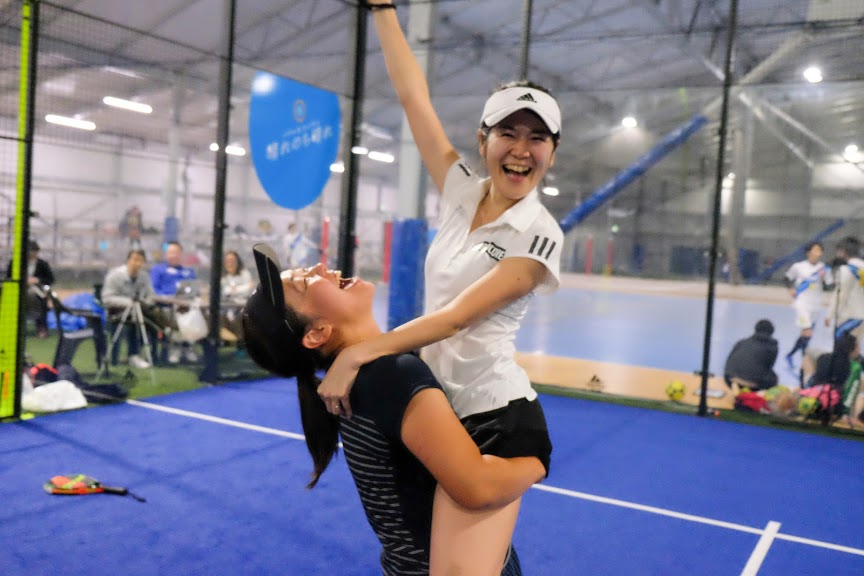
Franck Binisti discovers the padel at the Club des Pyramides in 2009 in the Paris region. Since padel is part of his life. You often see him touring France going to cover the major events of padel French.




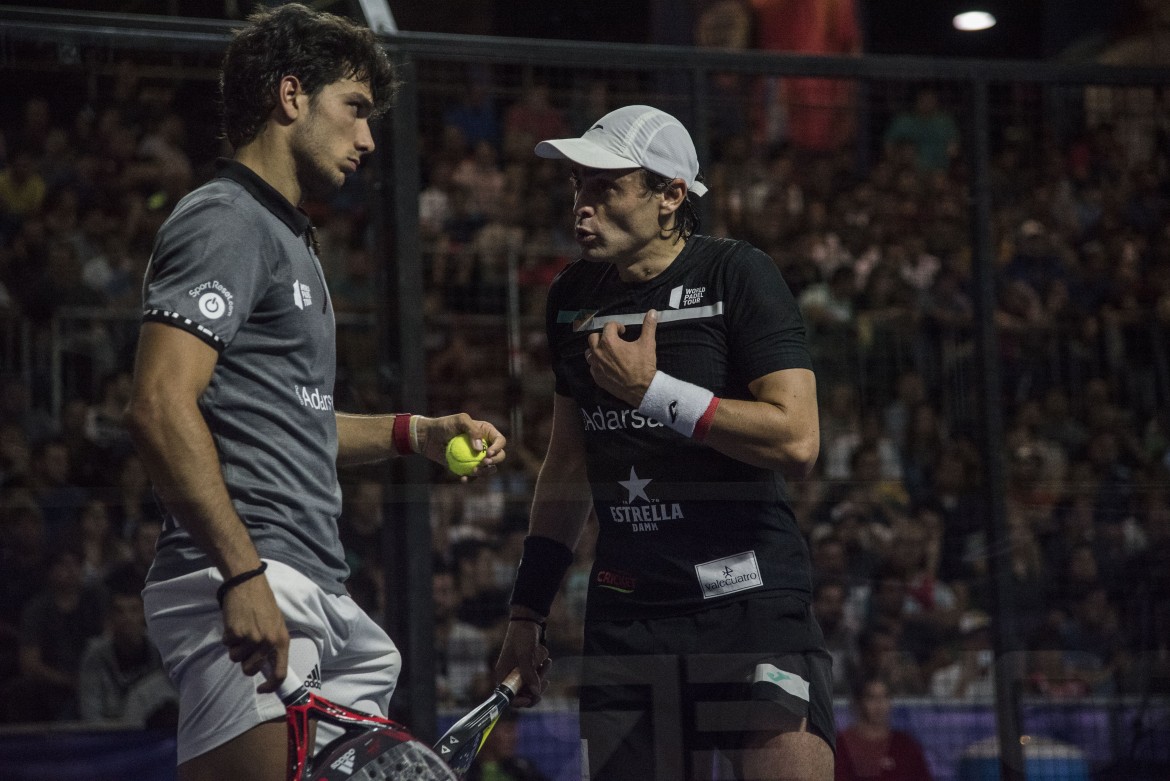















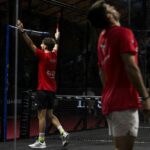
















































































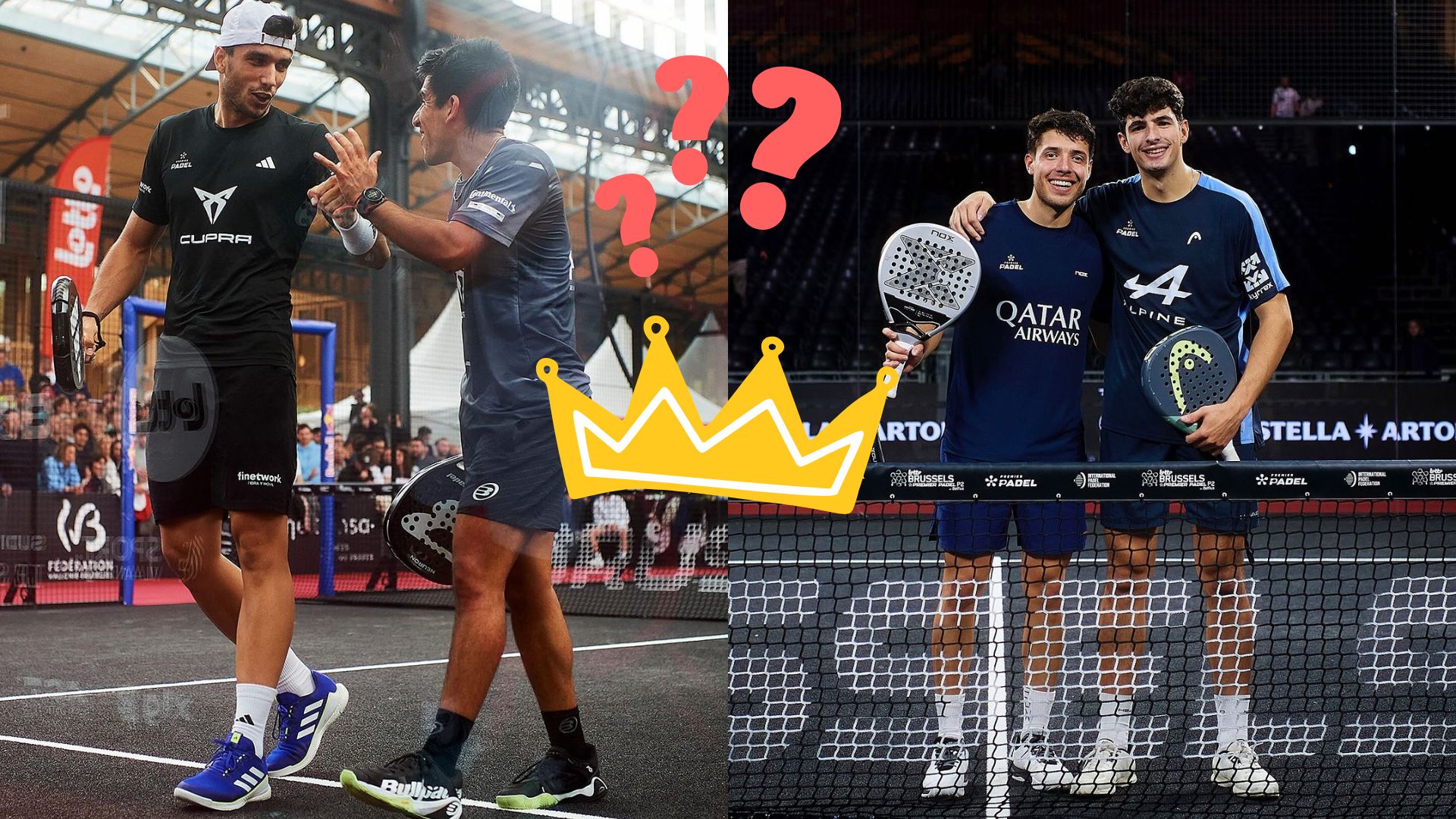 Premier Padel Brussels P2 – Who are the favorites for the men’s final?
Premier Padel Brussels P2 – Who are the favorites for the men’s final?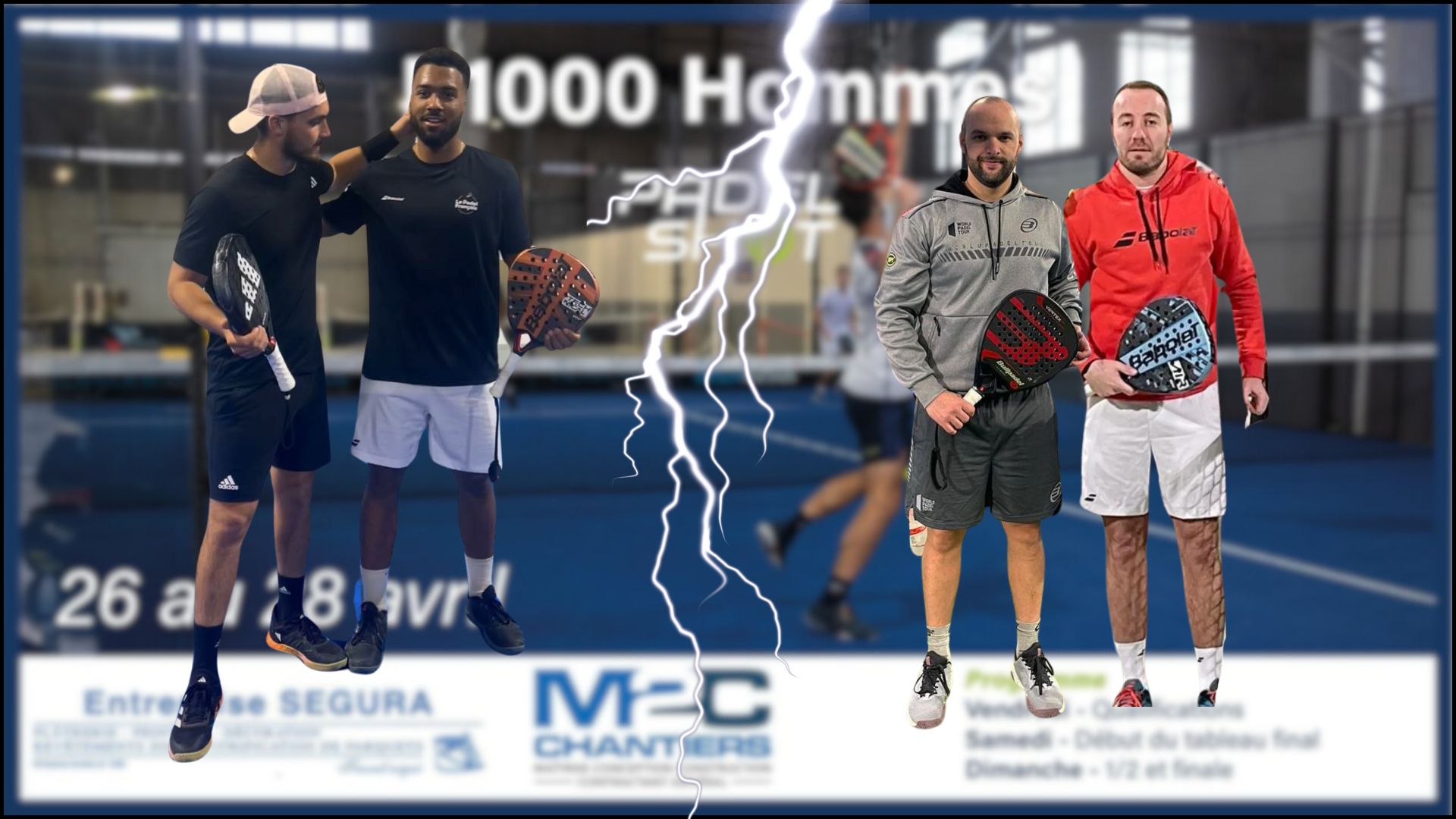 P1000 PadelShot Saint-Étienne – A Hugounenq/Vincent – Authier/Sanchez final to come
P1000 PadelShot Saint-Étienne – A Hugounenq/Vincent – Authier/Sanchez final to come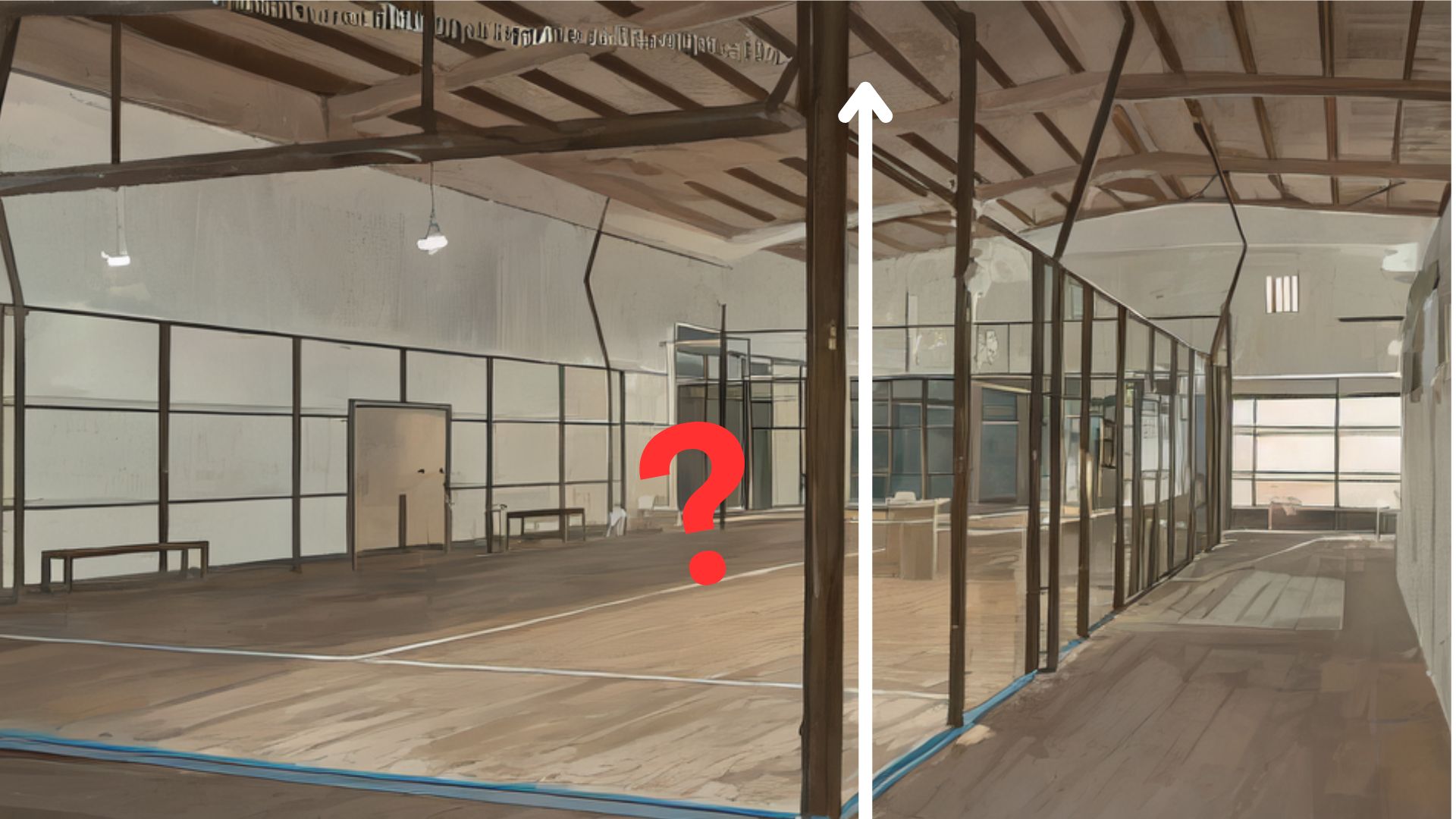 Find out everything about the dimensions of a plot of land padel
Find out everything about the dimensions of a plot of land padel Guillaume Codron de Sud Padel : “A family project”
Guillaume Codron de Sud Padel : “A family project” Nallé Grinda: “Democratize the padel in the USA with PadelX "
Nallé Grinda: “Democratize the padel in the USA with PadelX " Simon Boissé: “We know that there are two nations in front of us”
Simon Boissé: “We know that there are two nations in front of us” Marie Maligo: “This period of frequent changes of partners was beneficial for me”
Marie Maligo: “This period of frequent changes of partners was beneficial for me” P1000 PadelShot Saint-Étienne – Watch the Hugounenq/Vincent – Seux/Courrin semi-final live
P1000 PadelShot Saint-Étienne – Watch the Hugounenq/Vincent – Seux/Courrin semi-final live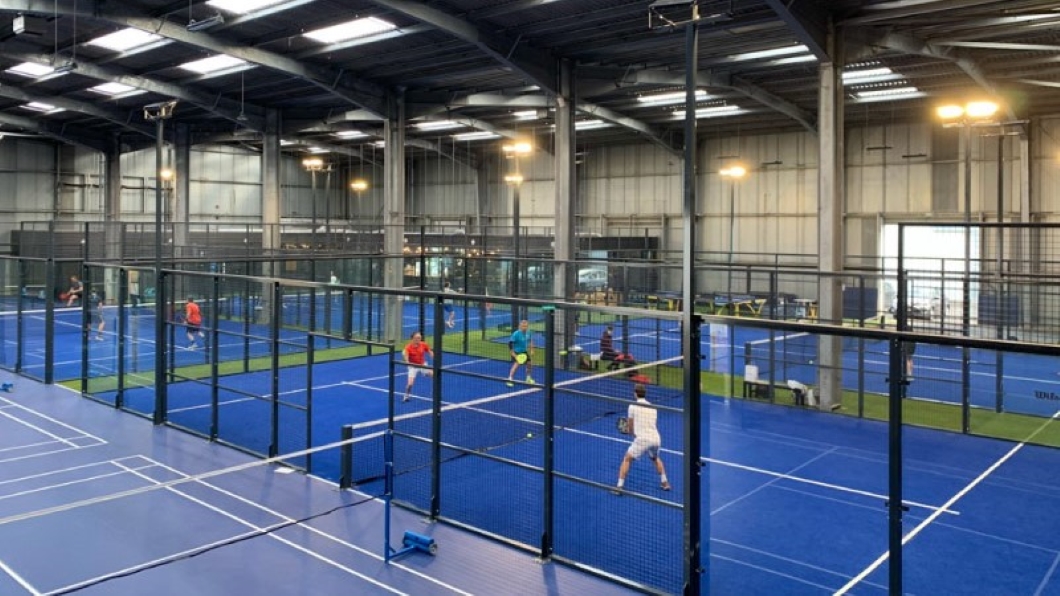 P1000 PadelShot Saint-Étienne – Follow the surprise poster Vincent/Hugounenq – Couturier/Benmergui live
P1000 PadelShot Saint-Étienne – Follow the surprise poster Vincent/Hugounenq – Couturier/Benmergui live The All Star Tour returns on May 16 at the All In in Lyon
The All Star Tour returns on May 16 at the All In in Lyon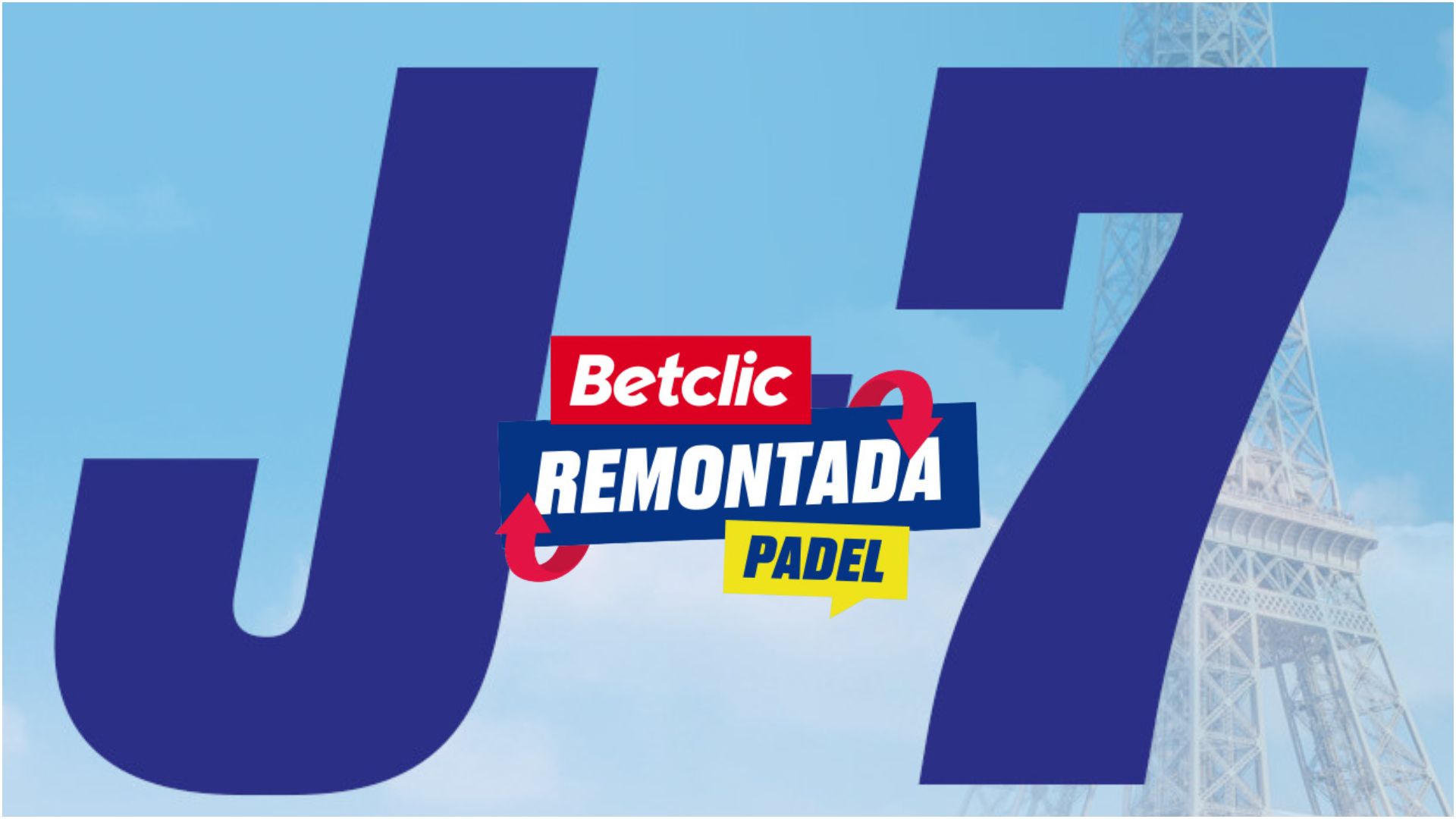 D-7 of the “BetClic Remontada Padel”, at the foot of the Eiffel Tower
D-7 of the “BetClic Remontada Padel”, at the foot of the Eiffel Tower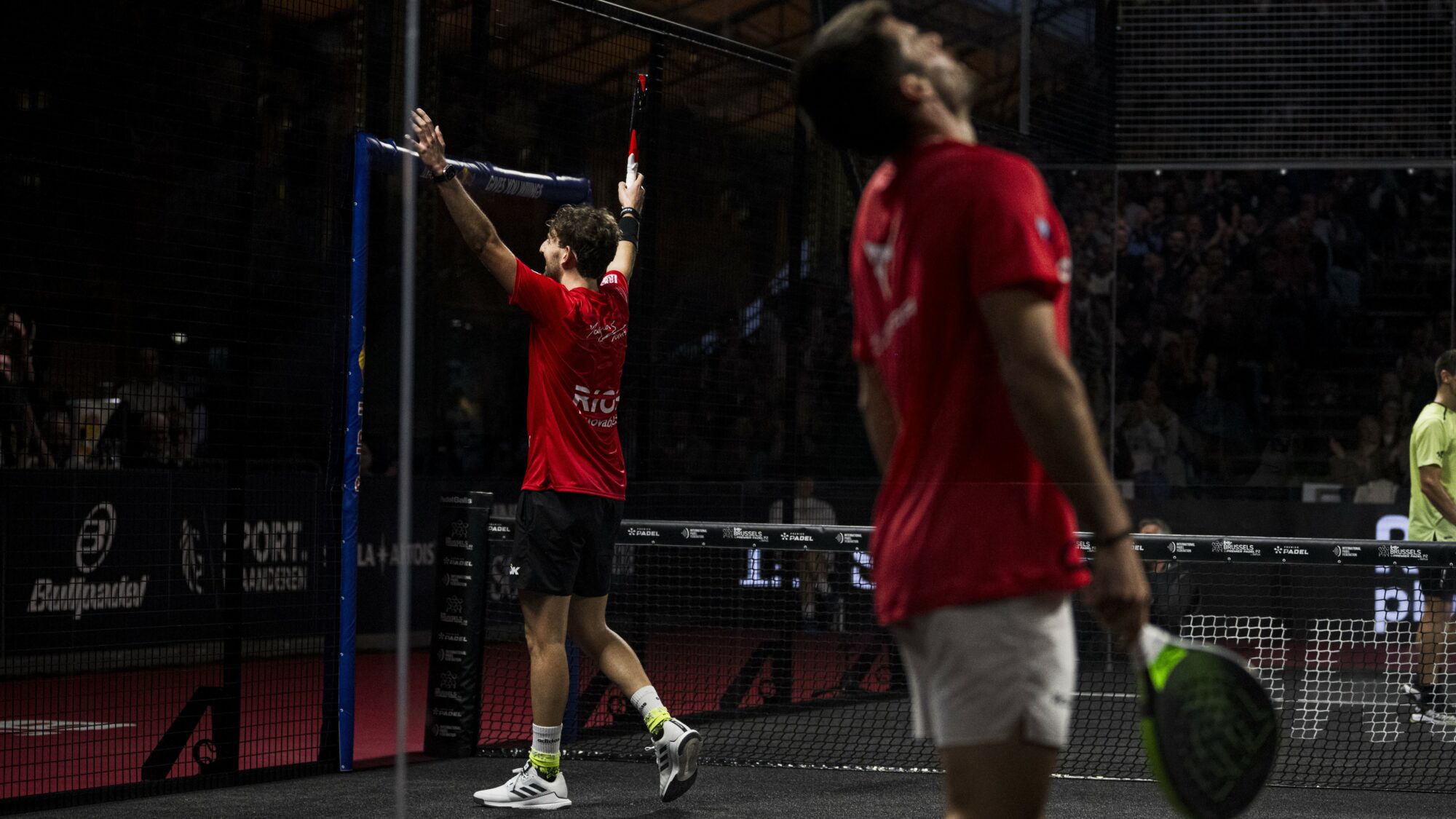 Obviously, Javi Garrido's service does not please Mike Yanguas...
Obviously, Javi Garrido's service does not please Mike Yanguas...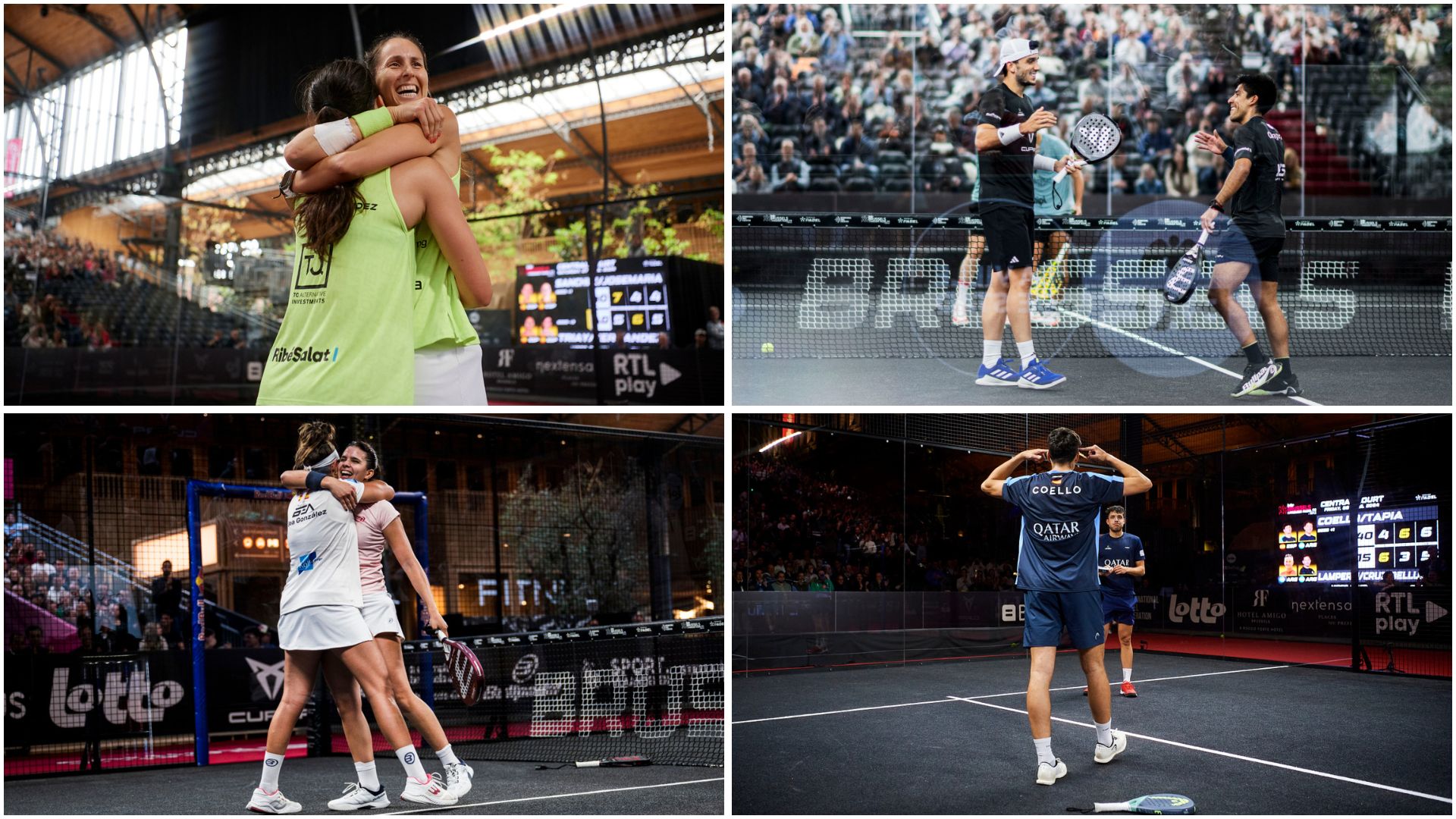 Premier Padel Brussels P2 – It’s time for the long-awaited finals!
Premier Padel Brussels P2 – It’s time for the long-awaited finals!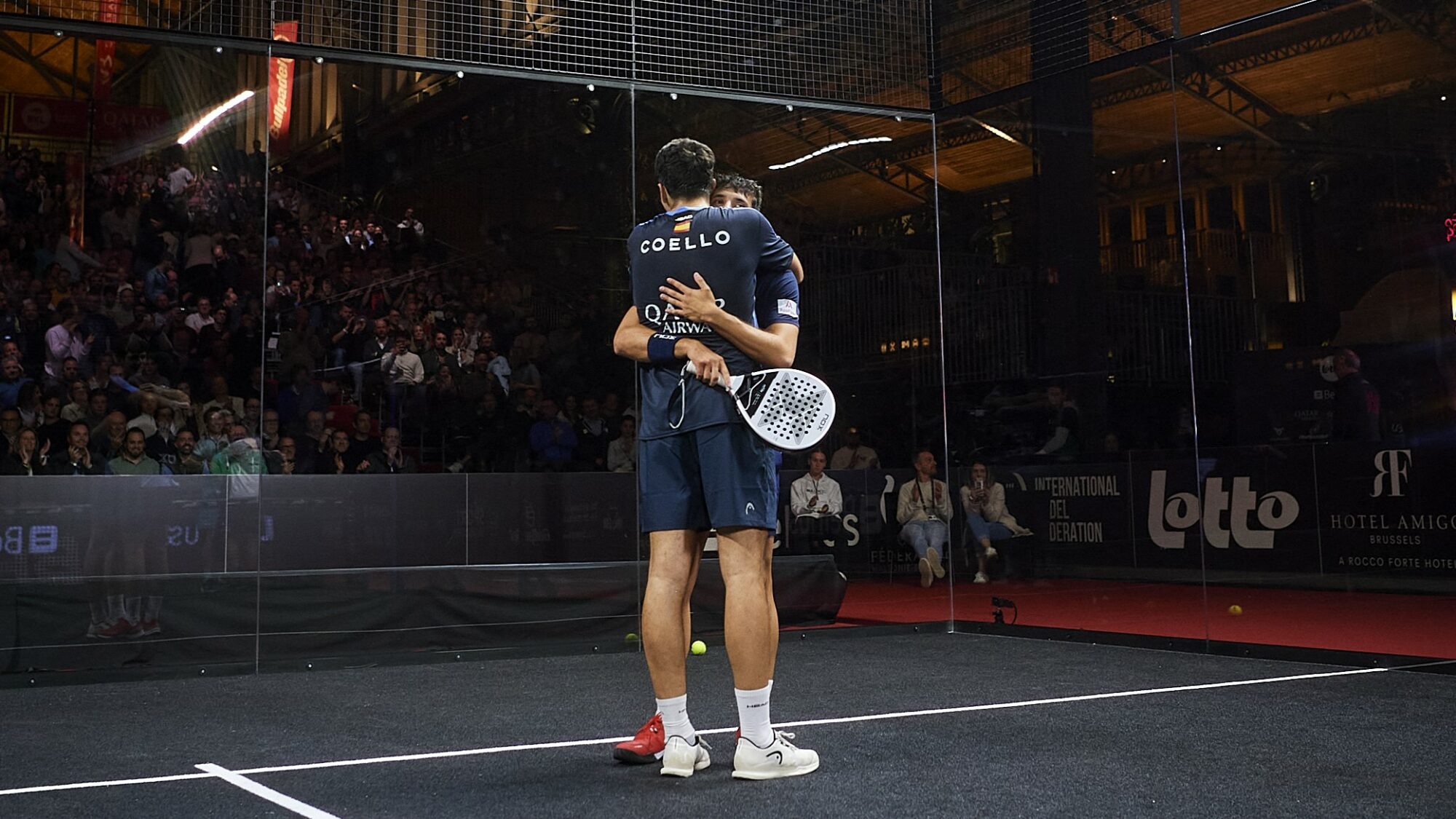 Premier Padel Brussels P2 – Arturo Coello and Agustín Tapia… obviously
Premier Padel Brussels P2 – Arturo Coello and Agustín Tapia… obviously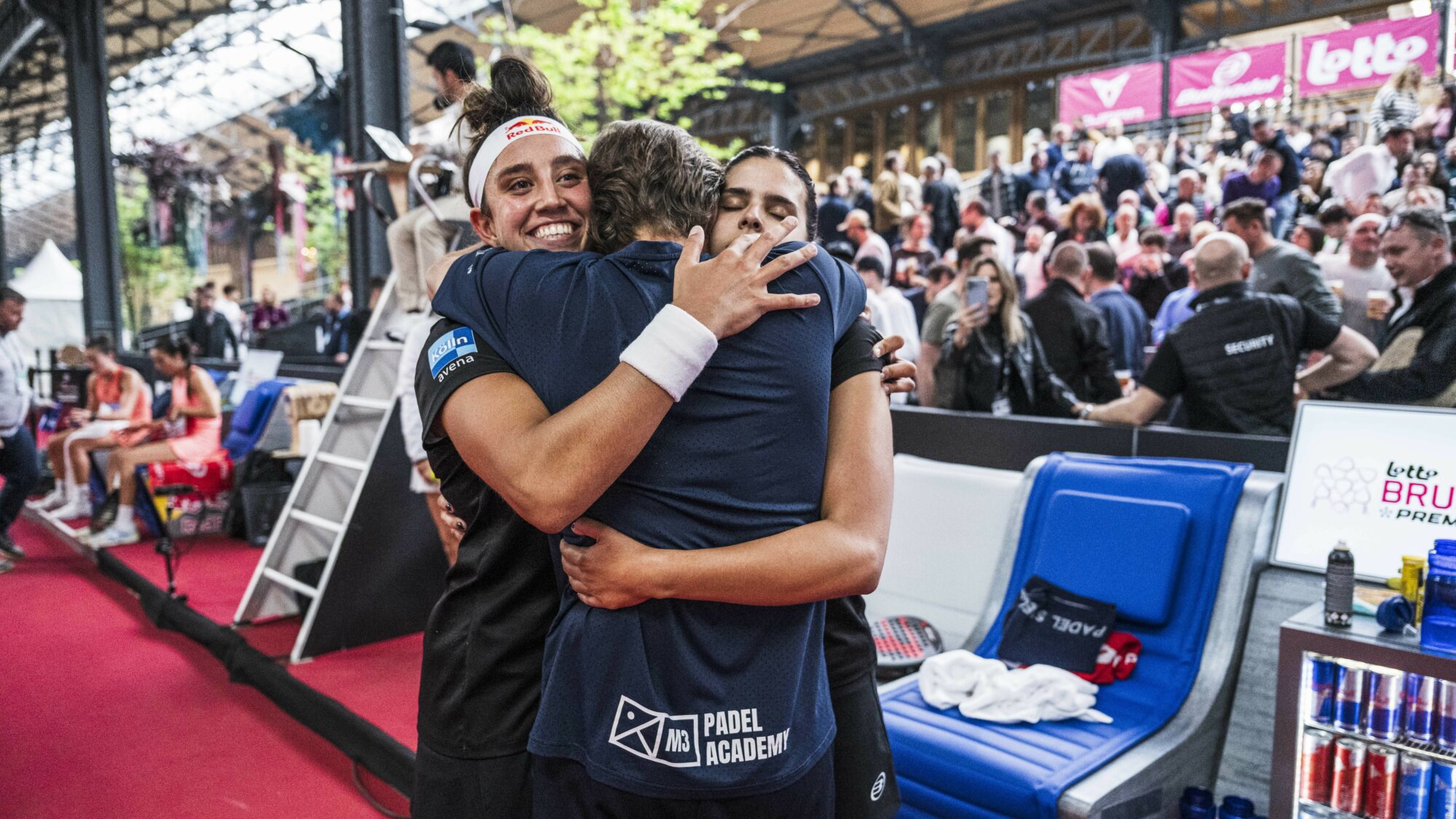 Premier Padel Brussels P2 – Brea/Gonzalez wins the arm wrestling against Salazar/Icardo
Premier Padel Brussels P2 – Brea/Gonzalez wins the arm wrestling against Salazar/Icardo José Manuel Escin at the inauguration of Casa Padel DOS: “Finally, and thank you!”
José Manuel Escin at the inauguration of Casa Padel DOS: “Finally, and thank you!” Padel Score comes to Tahiti for American Express Padel Cup!
Padel Score comes to Tahiti for American Express Padel Cup! Do you know the Rafa Nadal Academy Tour?
Do you know the Rafa Nadal Academy Tour? Play at padel on his yacht? Possible for €233.000!
Play at padel on his yacht? Possible for €233.000!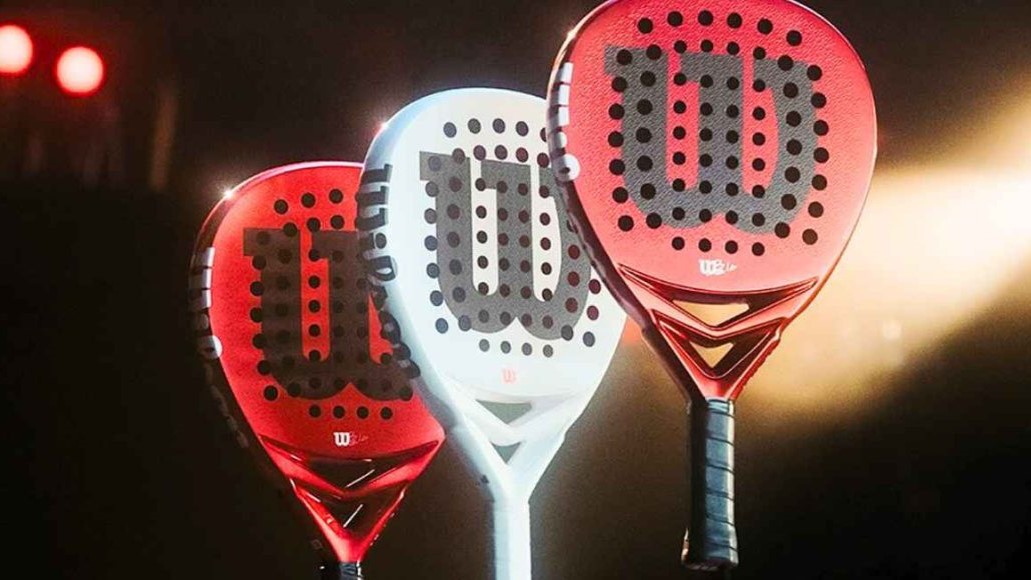 Presentation of the Wilson Bela V2.5 collection
Presentation of the Wilson Bela V2.5 collection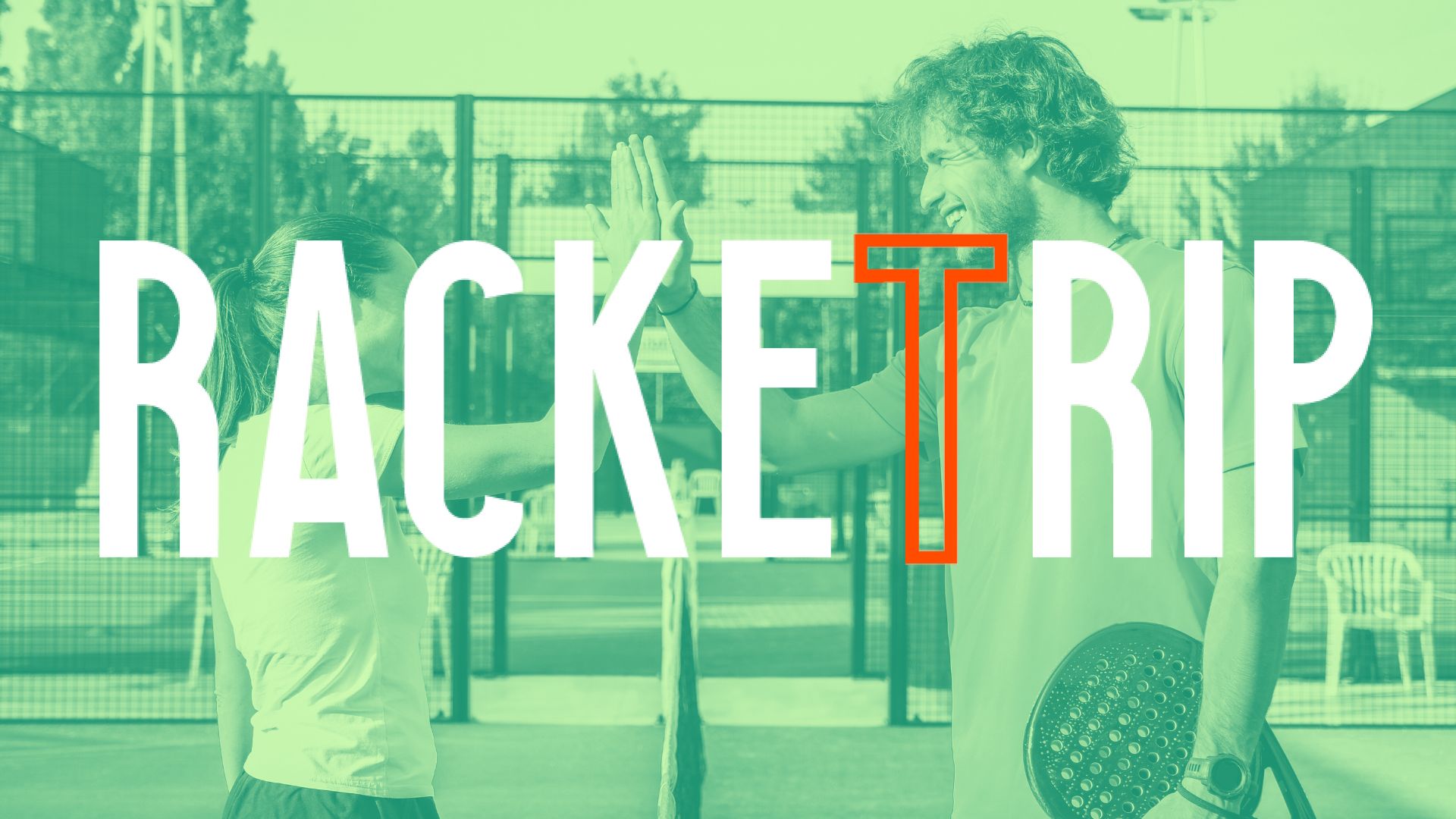 The LinkedIn of racquet sports: Racket Trip
The LinkedIn of racquet sports: Racket Trip The score at padel : manual
The score at padel : manual At the heart of padel – Episode 25: Paul and Andoni answer your questions
At the heart of padel – Episode 25: Paul and Andoni answer your questions At the heart of padel – Episode 23: defend the window well
At the heart of padel – Episode 23: defend the window well Prohibition on playing topless Padel : the reasons
Prohibition on playing topless Padel : the reasons FIP Tour – Going far from Europe, THE strategy to earn points!
FIP Tour – Going far from Europe, THE strategy to earn points! What is a good football player? padel ?
What is a good football player? padel ? “Lefties give me headaches when I play against them!”
“Lefties give me headaches when I play against them!” At the heart of padel – Episode 14: how to earn points in winter?
At the heart of padel – Episode 14: how to earn points in winter? The basic tactics of padel
The basic tactics of padel A par 4 is always a winner...even if you manage to defend it!
A par 4 is always a winner...even if you manage to defend it! Carbon fiber VS fiberglass: what to choose?
Carbon fiber VS fiberglass: what to choose? How to effectively test a racket padel ?
How to effectively test a racket padel ? La padel to fight Parkinson's disease
La padel to fight Parkinson's disease Don't play with a cracked or broken racket, your body will thank you!
Don't play with a cracked or broken racket, your body will thank you! Michel Cymes: “The padel, physically, it’s serious!”
Michel Cymes: “The padel, physically, it’s serious!” Our Top 10 training courses padel in France and Europe
Our Top 10 training courses padel in France and Europe Jeremy Gala: “Promote the padel among young people in Belgium remains a challenge”
Jeremy Gala: “Promote the padel among young people in Belgium remains a challenge” The French Touch Academy organizes its selection day Padel-Study
The French Touch Academy organizes its selection day Padel-Study Report on the detection and training of younger generations
Report on the detection and training of younger generations